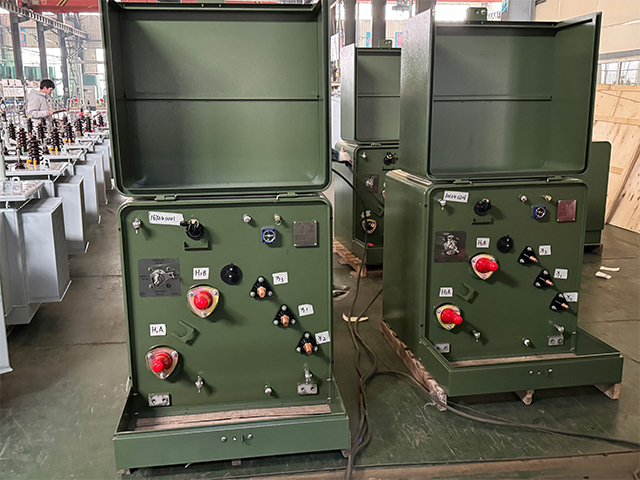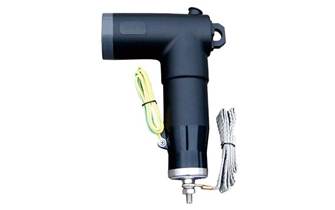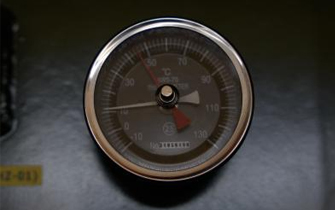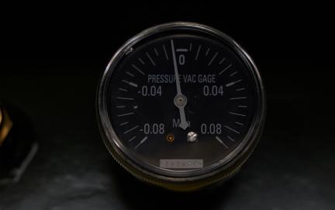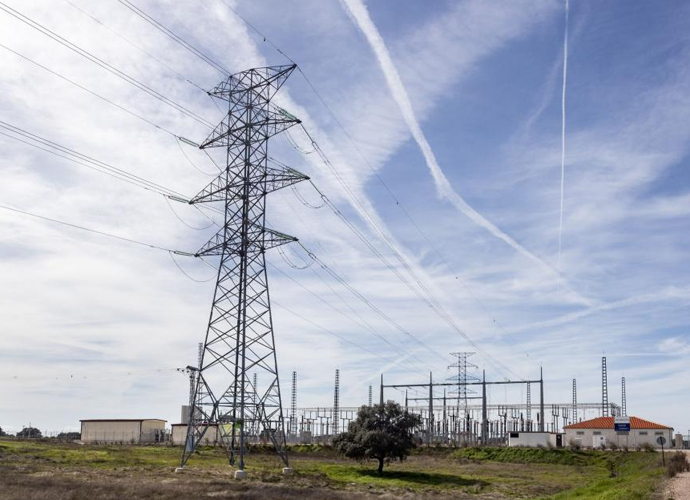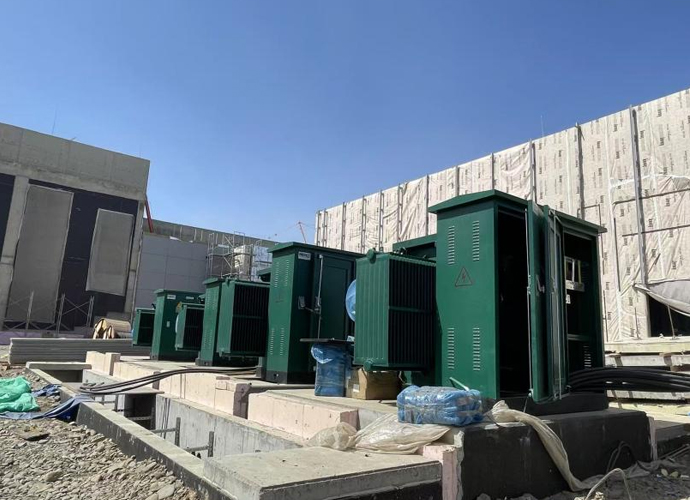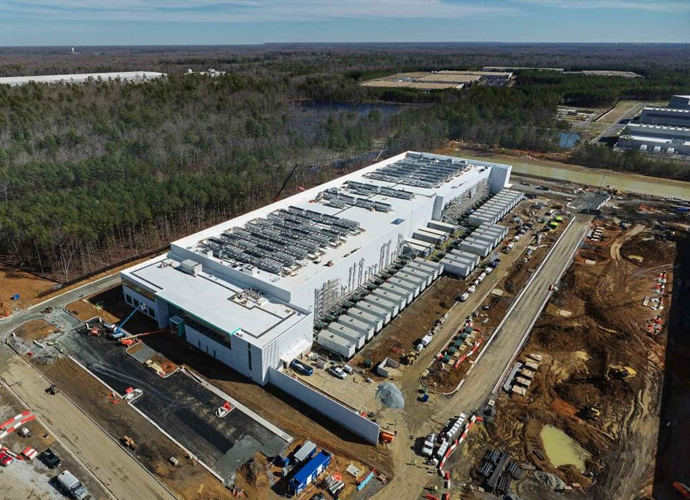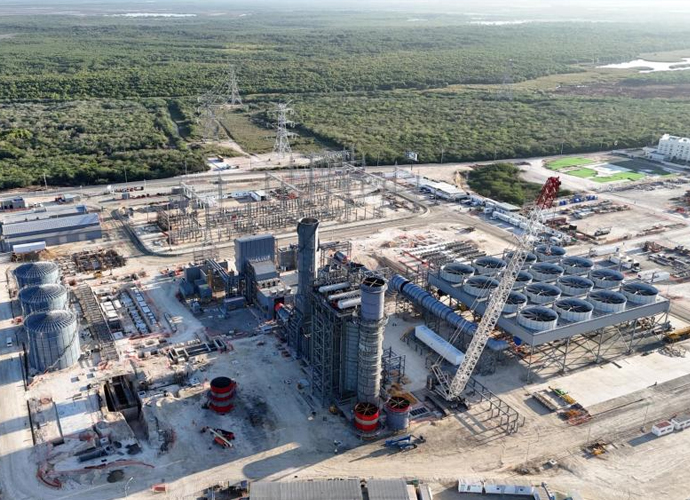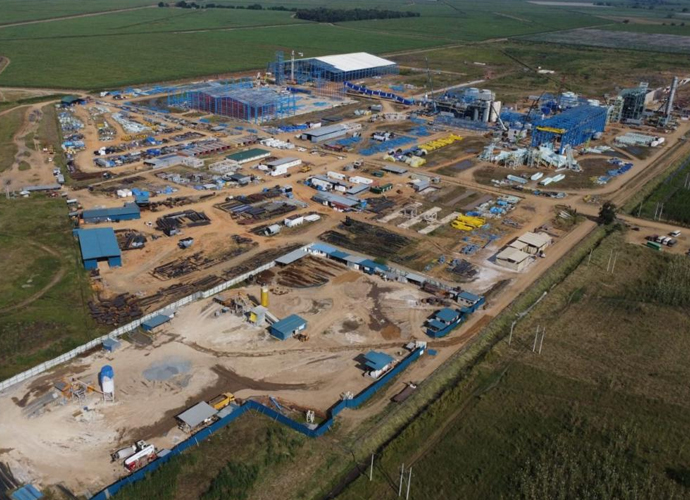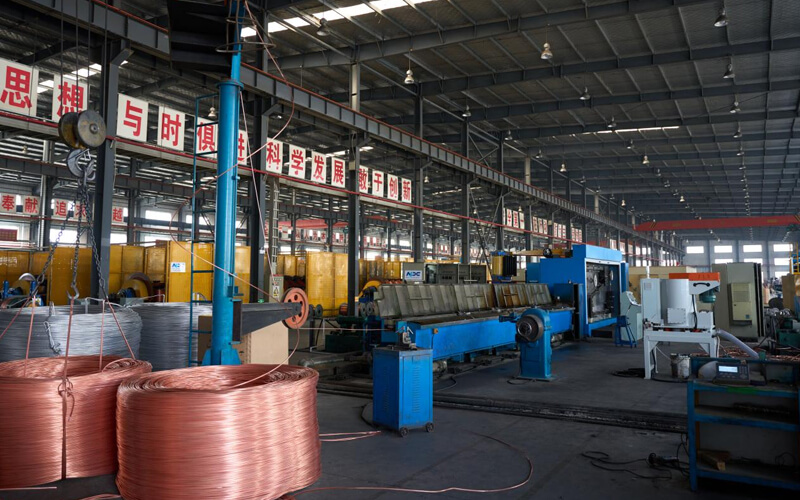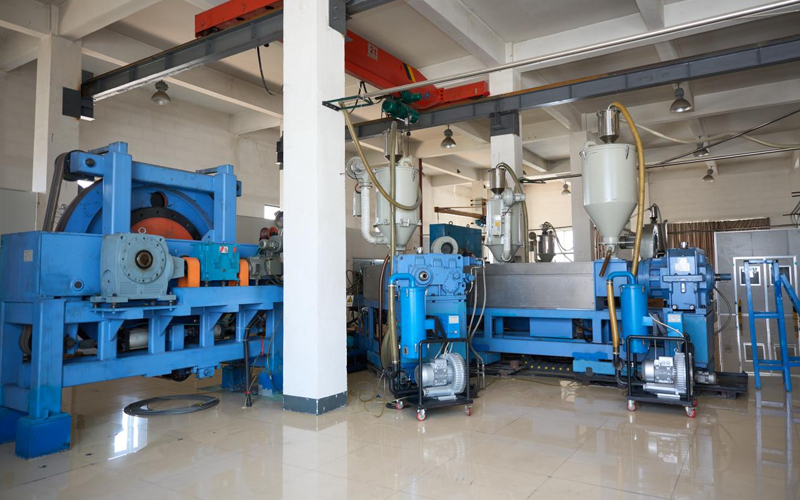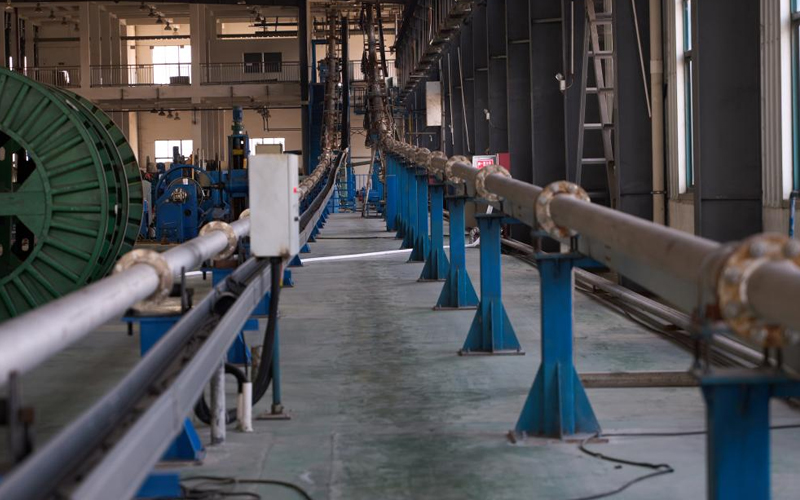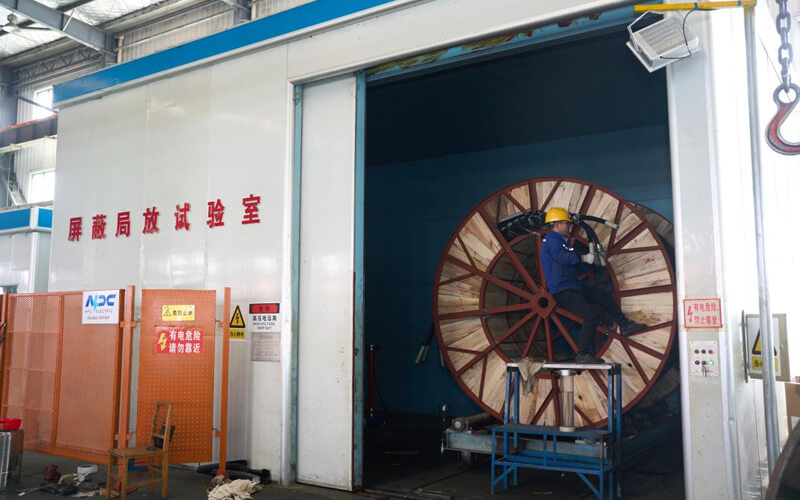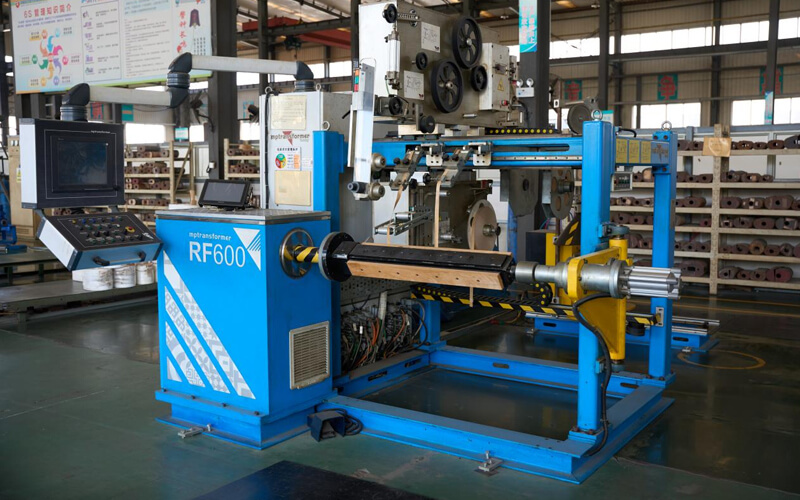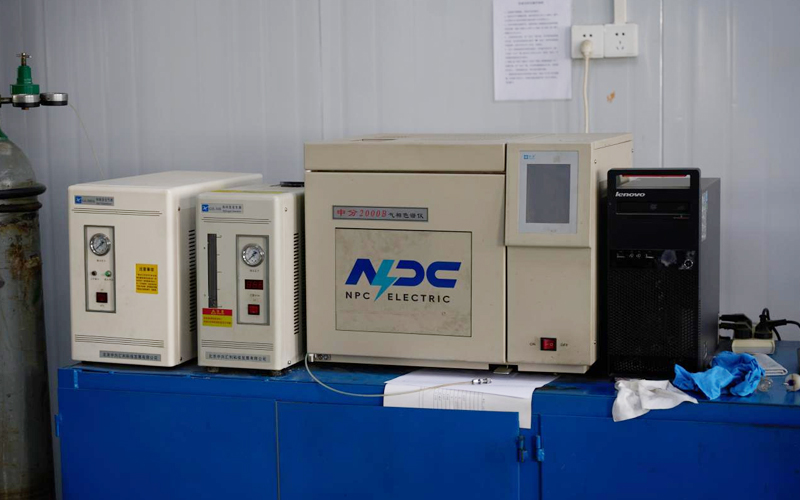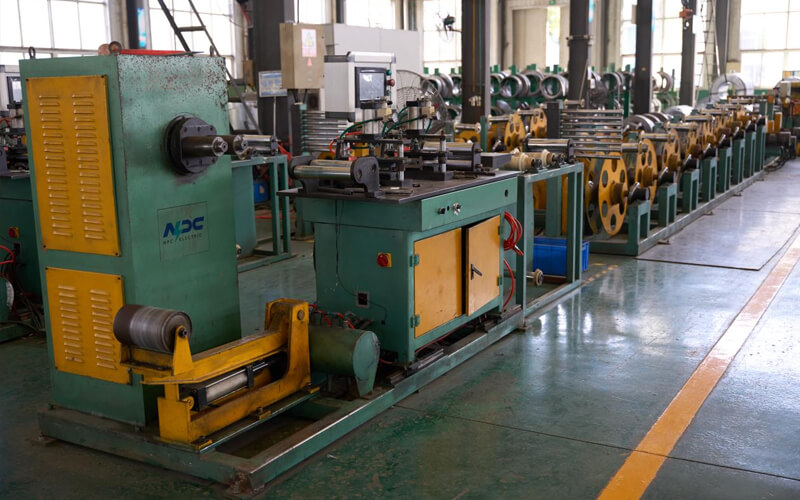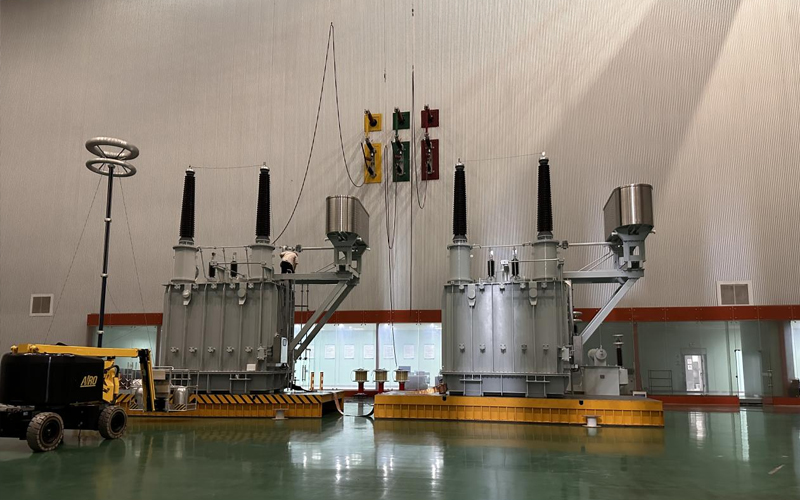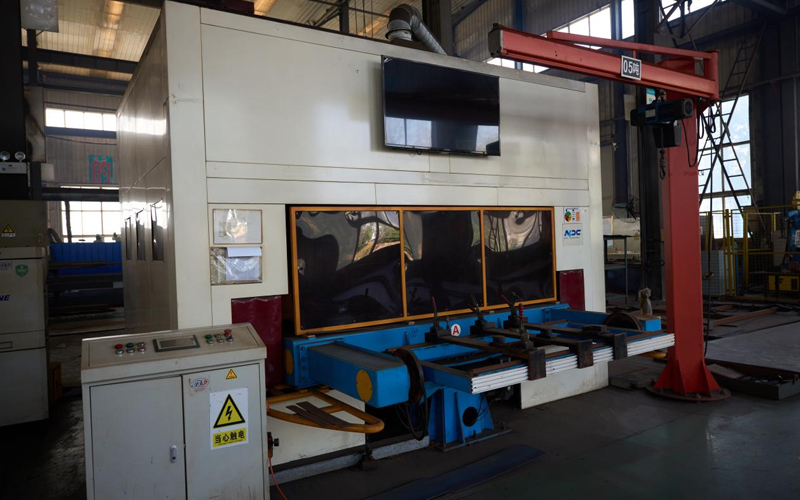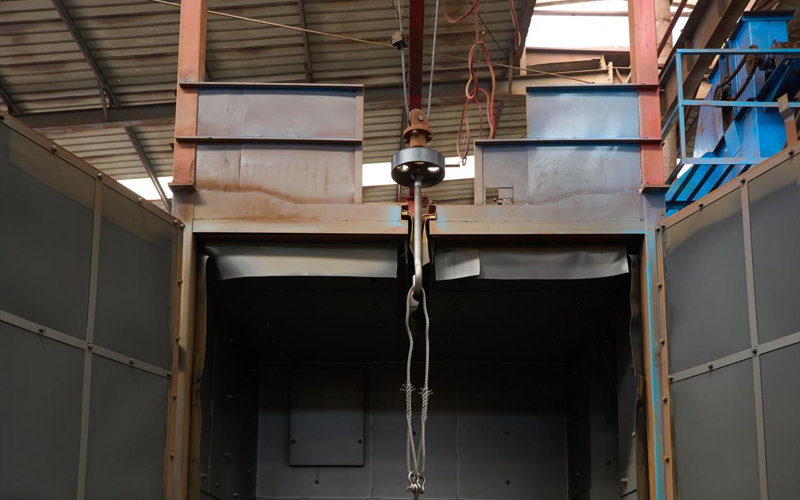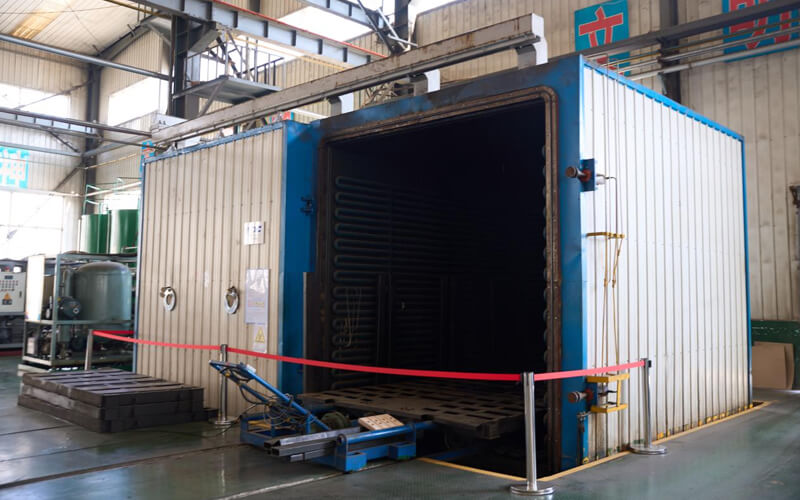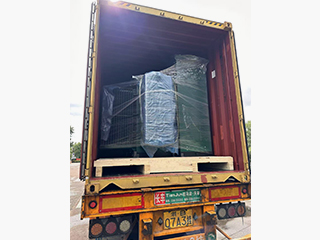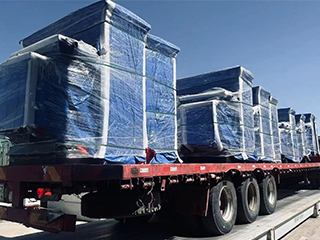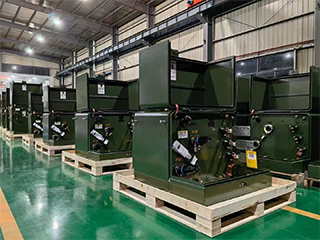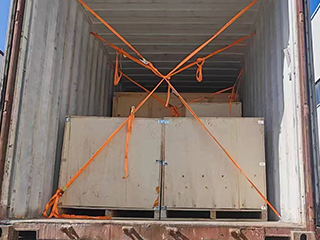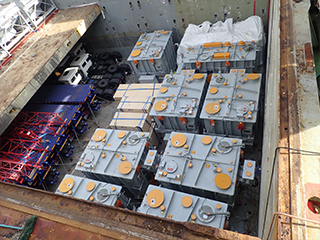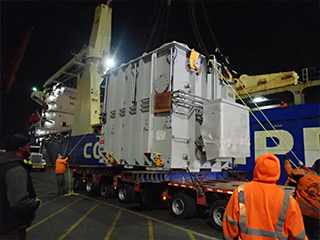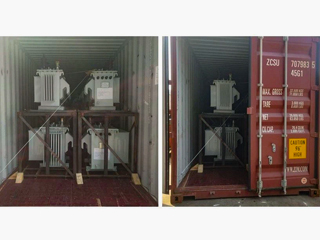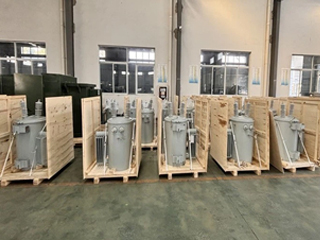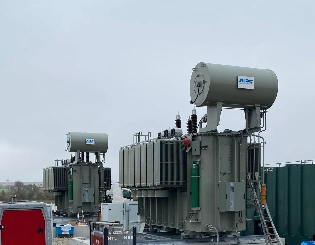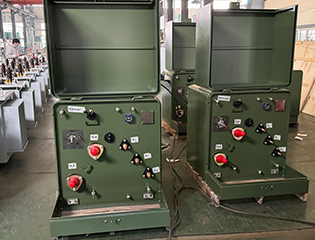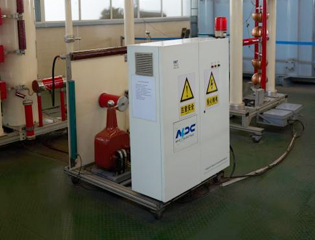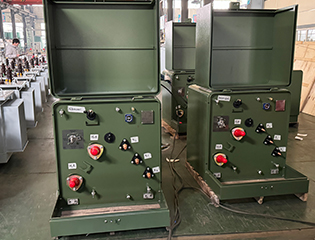333kVA Single Phase Pad Mounted Transformer
- Primary Voltage Ratings 34.5-19.92/13.8-7.957/13.2-7.62/12.47-7.2, 24.94, 26.25, 33 or others
- Secondary Voltage Ratings 480-240/240-120or customized
- H.V. Tap Range ± 2×2.5% HV taps or others
- Type Loop Feed or Radial Feed
- BIL 30/95kV
- Standards IEEE, ANSI
- Application Commercial and Industrial Power Distribution,Renewable Energy Systems etc.
- Power Rating 333kVA
- Certificate UL/cUL, CSA, CESI
- Cooling Method ONAN, ONAN/ONAF, KNAN, KNAN/KNAF
- Oil Mineral Oil or FR3
- Opeartion Step Down & Step Up
Technical Specifications
| Rated Power | 333 kVA |
| Rating Primary Voltage | 11950Delta or Customized |
| Secondary Voltage | 480-240V 240-120V 277V Customized |
| Frequency | 50/60Hz |
| Vector Group | Ii0,Ii6 |
| Winding Material | Aluminum/Copper |
| Efficiency | As IEEE,Doe 2016,CAS Std or Customized |
| Impedance Voltage | Nominal 2% or Customized 1.1-5.75% |
| Altitude | ≤1,000m or Customized |
| Color | ANSI 70 Light gray/Munsell 7GY3.29/1.5 or customized etc |
| Tank material | Mild Steel, 304 Stainless Steel |
| Insulating Oil Weight | 400 kg |
| Total Weight | 2000 kg |
| Outline Dimensions(L×W×H)in. | 1300×1100×1400(mm) |
| Lifting Lug | ELSP Fuse |
| Hinged Door | BAY-O-NET Fuse |
| Parking Bracket | Tap Changer |
| Tank Cover | Oil Level Gauge |
| L.V Bushing (4-Hole ) | Pressure Relief Valve |
| Two/Four Position Load break Switch | Vacuum Pressure Gauge |
| HV Grounding Copper Bar | Terminal Block |
| Temperature Indicator | Door Handle |
| H.V Bushing Well | Ground Strap |
| Grounding Copper Bar | Nameplate |
| 1"'Drain Valve With 3/8" Sampler | Non-PCB decal |
| 1" Upper Fill Valve Filter Press Connection | High Voltage Warning Signs |
Customization Optional
Packing and Shipping
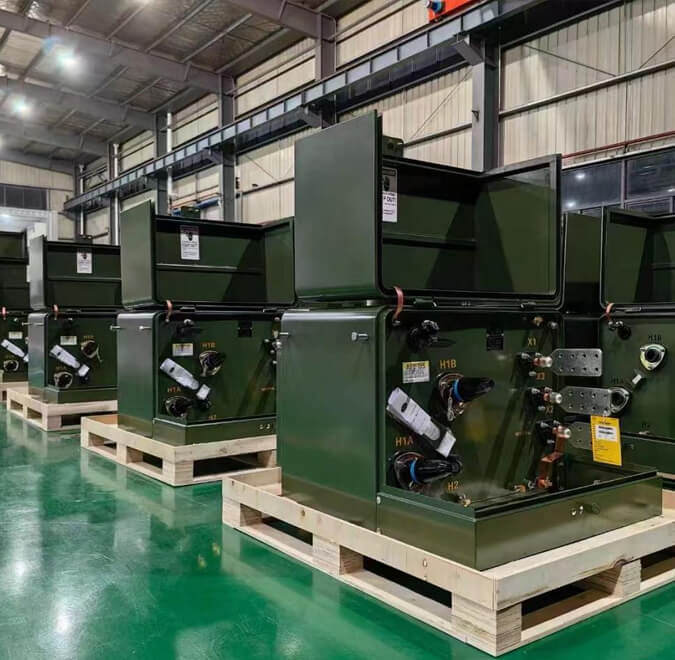
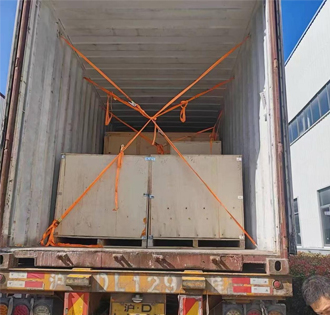
Manufacturer Test
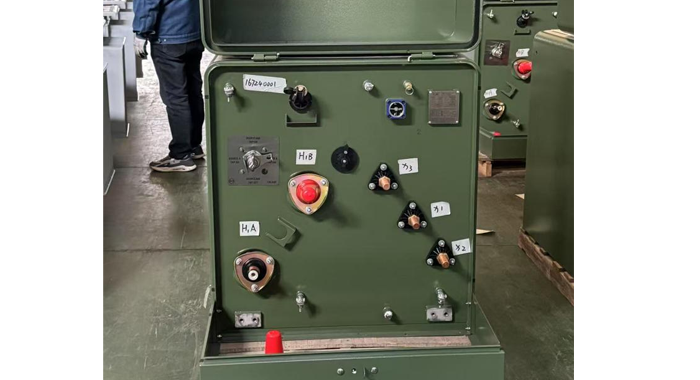
Progress Test
NPC Electric manufacture pad mounted transformer have the strict quality control. The Progress Test for a 333kVA Single Phase Pad Mounted Transformer involves a series of checks and evaluations conducted throughout the manufacturing process to ensure the transformer meets the required specifications and quality standards. These tests typically include verifying electrical parameters such as voltage ratios, insulation resistance, and load performance under both no-load and full-load conditions. The physical and mechanical integrity of the transformer is also inspected, including checks for proper assembly of components like bushings, connections, and enclosures. Additional tests may include dielectric strength, temperature rise tests, and partial discharge testing. The purpose of the Progress Test is to identify and address any potential issues during production, ensuring that the transformer is safe, reliable, and ready for the final Factory Acceptance Test (FAT).
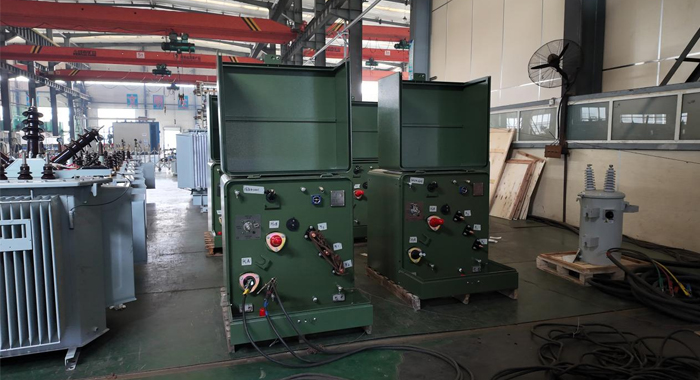
Design Tests
All transformer will be test after finished the production, test items as below:
♦ Insulation Power Factor:
♦ Ratio, Polarity, and Phase Relation:
♦ Winding Resistance:
♦ Impulse Tests:
♦ On load Loss Test:
♦ No Load Loss Test
♦ Leak Test:
♦ DC Insulation Resistance Test
♦ Transformer Turns Ratio/TTR (All Tap Voltages)
♦ Impedance Voltage & Load Loss (Rated Voltage)
♦ Polarity, 1-Ph / Phase Relation, 3-Ph (Rated Voltage)
♦ Excitation & No-Load Loss (Rated Voltage)
♦ Applied Voltage
♦ Induced Voltage
♦ Lightning Impulse
♦ Insulation Resistance (Rated Voltage)
♦ Temperature Rise
♦ Dielectric Withstand (Hipot)
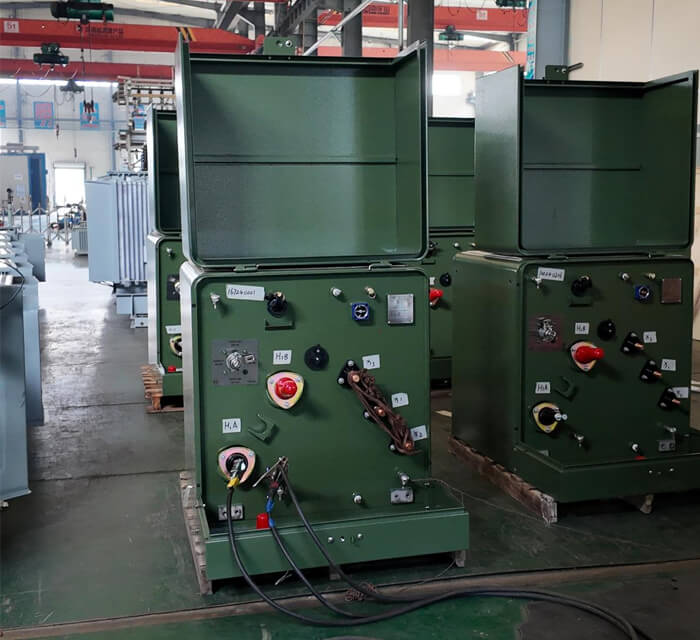
Transformer Factory Acceptance Test
NPC Electric will tests made for quality control by the manufacturer on every device or representative samples, or on parts or materials as required, to verify during production that the product meets the design specifications.
Factory Acceptance Test (FAT) is a key step to ensure that the 333kVA single-phase pad-mounted transformer meets design specifications, industry standards and customer requirements. Through comprehensive testing, the performance, function and safety of the transformer are verified, potential problems are discovered and resolved in a timely manner, and smooth delivery and reliable operation of the product are guaranteed. The test includes appearance and structural inspection, electrical performance test, insulation performance test and protection device test. After the test is completed, the test results are compared with the design requirements and relevant standards. If all test items meet the requirements, the transformer is judged to have passed the factory acceptance test; if there are non-conformities, the reasons need to be analyzed and rectified, and relevant tests should be re-performed after rectification until it meets the standards. Through strict factory acceptance testing, it can be ensured that the 333kVA single-phase pad-mounted transformer has good performance and reliability to meet the needs of on-site operation.
Routine Test - Applied Voltage
Voltage source: usually 1 kV, 5 kV, 10 kV, or customized according to customer needs
Temperature and humidity meter: used to record environmental conditions
Check the connection terminals and wiring to ensure that they are not loose or contaminated.
Test under suitable environmental conditions: relative humidity below 75% and no rain (recommended temperature: 20-30°C).
Properly connect the test equipment to the bushings or terminals of the device under test and ensure that all connection points are properly grounded.
Selecting the test voltage:
Select the appropriate applied voltage based on the rated voltage of the equipment.
Measuring leakage current
Applied voltage
Current stability
Any possible voltage fluctuations
The current value exceeded the allowable range and the equipment needs to be inspected or maintained (pending repair)
There was a serious fault or instability and the equipment could not continue to operate (unqualified)
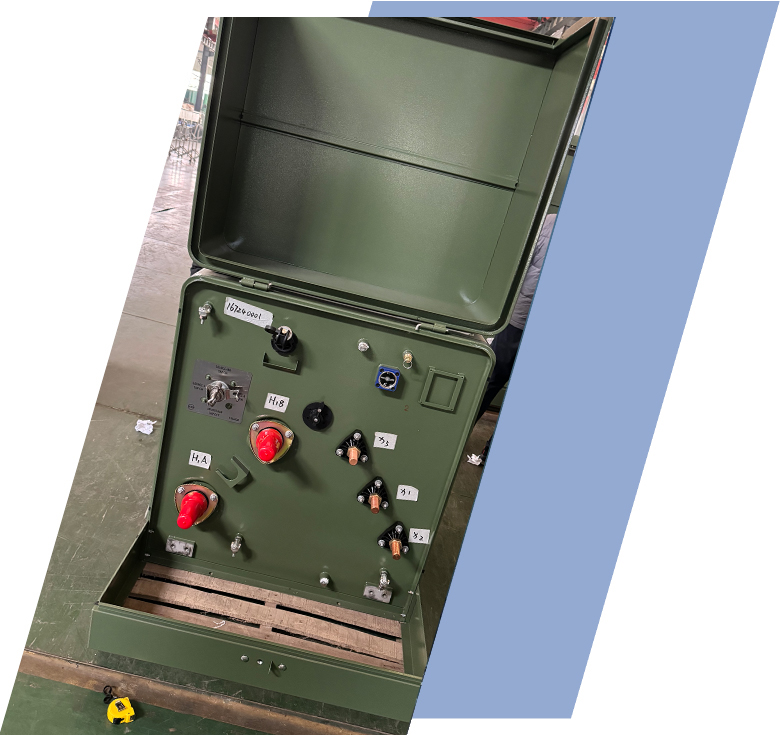
Application
Technical Advantages
Product Packaging
Related Products
FAQ From Customers
-
What is a Transformer?A transformer is an electrical device used to change the voltage of alternating current (AC). It works on the principle of electromagnetic induction, converting high-voltage current into low-voltage current or low-voltage current into high-voltage current. Transformers are widely used in power transmission, distribution systems, and various electronic devices.
-
What are the main uses of a transformer?The main use of a transformer is voltage conversion. Transformers are used in power transmission systems to help transfer electricity from power plants to consumers. In addition, transformers are also used in electronic devices such as chargers, televisions, power adapters, etc., to adjust the voltage to meet the requirements of different devices.
-
Do you have UL listed?Yes, our transformer has UL listed. We have exported to America many pad mounted transformer,substation transformer and HV.

